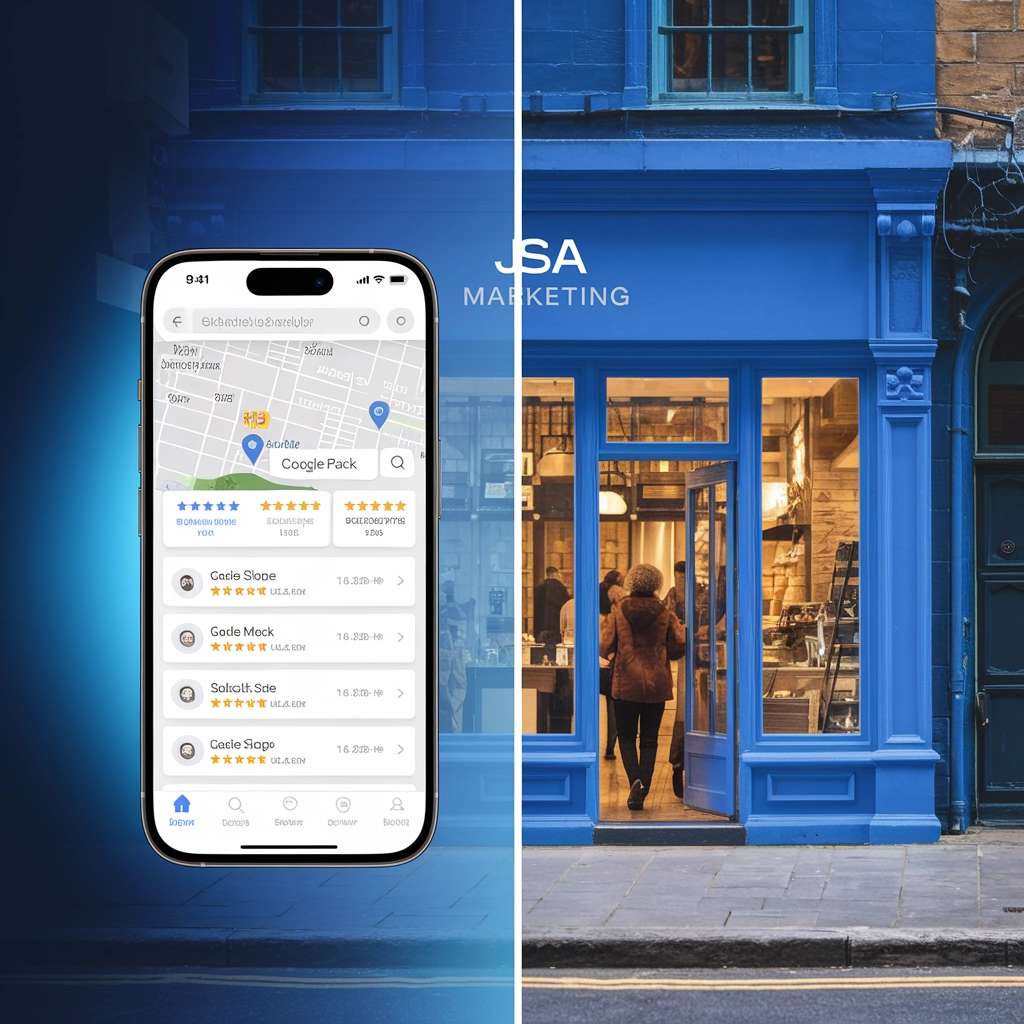
Home services portfolio resources blog Contact Facebook Instagram Linkedin X-twitter Quick SEO Tips for Local Businesses In today's digital landscape,...
In today’s digital landscape, achieving a prominent position on Google’s search results is paramount for online success. On-page SEO (Search Engine Optimization) plays a crucial role in enhancing your website’s visibility and ranking. This comprehensive guide delves into effective on-page SEO strategies to help you climb higher on Google’s search rankings.
On-page SEO involves optimizing individual web pages to improve their search engine rankings and attract organic traffic. It encompasses various elements, including content quality, keyword usage, meta tags, URL structure, and internal linking. By fine-tuning these components, you can enhance your website’s relevance and authority in the eyes of search engines.
Keyword research forms the foundation of any successful on-page SEO strategy. Identifying the right keywords ensures your content aligns with what users are searching for. Here’s how to approach it:
Utilize Keyword Research Tools: Employ tools like Google’s Keyword Planner, SEMrush, or Ahrefs to discover relevant keywords with substantial search volumes.
Analyze User Intent: Understand the intent behind each keyword. Are users seeking information, looking to make a purchase, or comparing products? Tailor your content to meet these needs.
Focus on Long-Tail Keywords: Long-tail keywords are more specific phrases that often have less competition. Targeting these can attract a more targeted audience.
Content is the cornerstone of on-page SEO. Creating valuable, informative, and engaging content not only appeals to readers but also signals search engines about your page’s relevance. Consider the following:
Originality: Ensure your content is unique and offers fresh insights.
Depth and Detail: Comprehensively cover topics to provide real value to readers.
Readability: Use clear language, short paragraphs, and bullet points to enhance readability.
Visual Elements: Incorporate images, videos, and infographics to break up text and engage users visually.
Title tags and meta descriptions are critical for both SEO and user experience.
Title Tags: Craft concise, descriptive titles that include your primary keyword. Keep them under 60 characters to ensure they display correctly in search results.
Meta Descriptions: Write compelling meta descriptions (up to 160 characters) that accurately summarize the page content and include relevant keywords.
Header tags (H1, H2, H3, etc.) structure your content and make it easier for search engines and users to navigate.
H1 Tag: Use a single H1 tag for the main title of the page, incorporating the primary keyword.
H2 and H3 Tags: Use these for subheadings, organizing content into sections and subsections.
Images enhance user experience but require proper optimization:
Descriptive Filenames: Name image files with relevant keywords before uploading.
Alt Text: Provide descriptive alt text for each image, incorporating keywords where appropriate. This aids in accessibility and helps search engines understand the image content.
With the increasing use of mobile devices, having a mobile-friendly website is essential:
Responsive Design: Ensure your website adapts seamlessly to various screen sizes.
Fast Loading Times: Optimize images and minimize code to improve page load speeds on mobile devices.
Clean and descriptive URLs contribute to better SEO:
Readability: Use simple, easy-to-understand URLs that reflect the page content.
Keywords: Incorporate relevant keywords into your URLs to enhance relevance.
Internal links connect related content within your website:
Contextual Links: Link to related articles or pages to provide additional value to readers.
Anchor Text: Use descriptive anchor text that includes relevant keywords.
Featured snippets are concise answers displayed at the top of search results:
Answer Common Questions: Structure content to directly answer frequently asked questions in your niche.
Use Lists and Tables: Format information using bullet points, numbered lists, or tables to increase the chances of being featured.
Fresh content signals search engines that your site is current and relevant:
Content Audits: Periodically review and update existing content to ensure accuracy and relevance.
Add New Insights: Incorporate recent developments or additional information to keep content up-to-date.
Utilize tools like Google Analytics and Google Search Console to track your SEO efforts:
Traffic Analysis: Monitor which pages attract the most visitors and identify potential areas for improvement.
Keyword Performance: Assess how well your chosen keywords are ranking and driving traffic.
Mastering on-page SEO is a continuous process that requires attention to detail and a commitment to providing value to your audience. By implementing these strategies, you can enhance your website’s visibility, attract more organic traffic, and ultimately achieve higher rankings on Google.
Note: For visual elements, consider incorporating relevant images and a header image that align with the content and enhance user engagement.

Home services portfolio resources blog Contact Facebook Instagram Linkedin X-twitter Quick SEO Tips for Local Businesses In today's digital landscape,...

Home services portfolio resources blog Contact Facebook Instagram Linkedin X-twitter How Storytelling Enhances Brand Loyalty In a world where consumers...

Home services portfolio resources blog Contact Facebook Instagram Linkedin X-twitter Essential Features Every Business Website Should Have In today's digital...
Home services portfolio resources blog Contact Facebook Instagram Linkedin X-twitter AI-Generated Content: The Future of Blogging? The Rise of AI...

Home services portfolio resources blog Contact Facebook Instagram Linkedin X-twitter The Psychology of Colors in Branding Have you ever wondered...

Home services portfolio resources blog Contact Facebook Instagram Linkedin X-twitter 10 Days to a Standout Brand: How Rapid Marketing Transforms...
By subscribing you agree to JSA Marketing Company’s Privacy Policy and to receiving regular communications from JSA Marketing Company.
By subscribing you agree to JSA Marketing Company’s Privacy Policy and to receiving regular communications from JSA Marketing Company.
Privacy Policy || Copyright © JSA Marketing Company LLC 2025. All Right Reserved